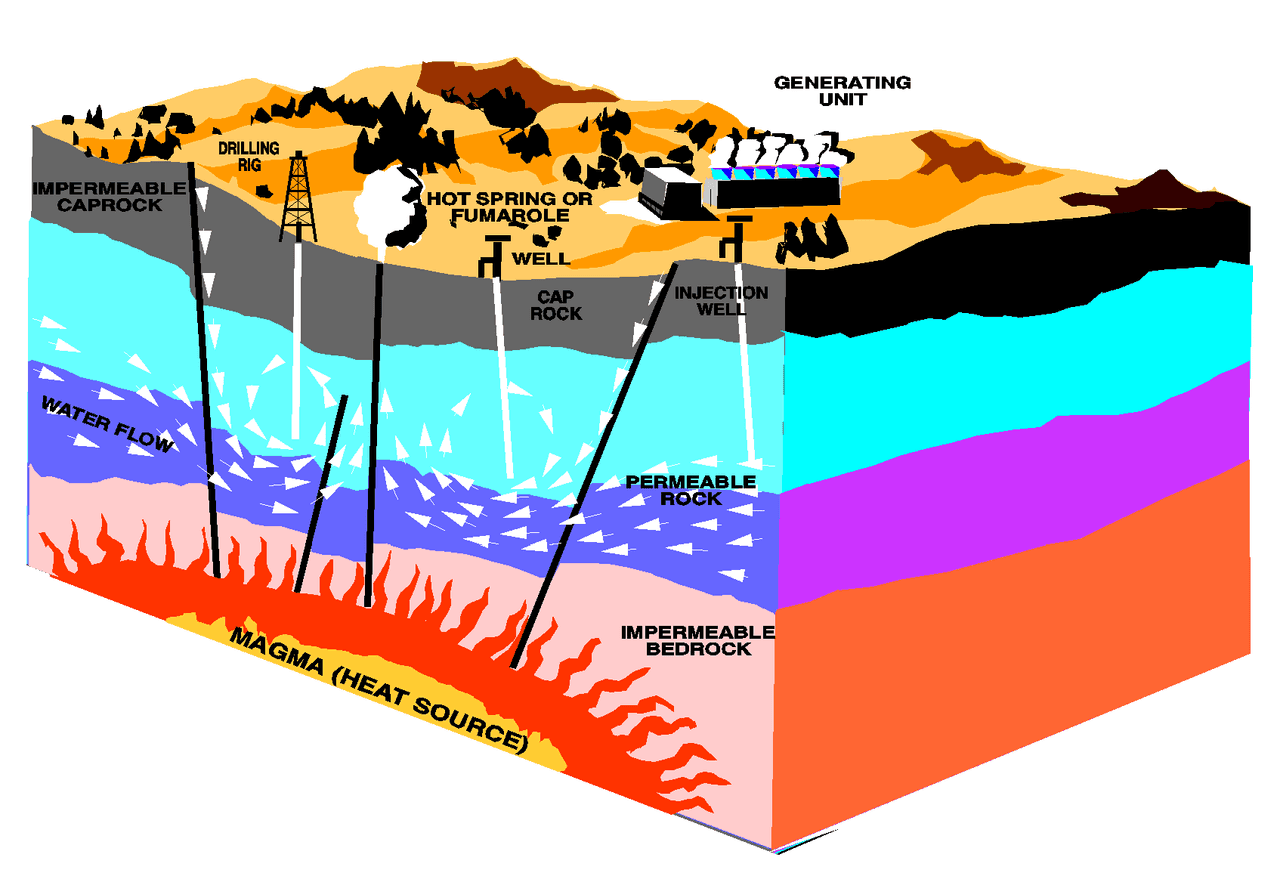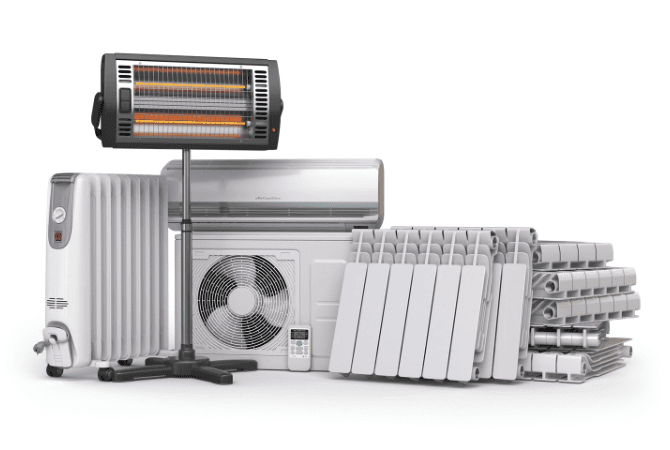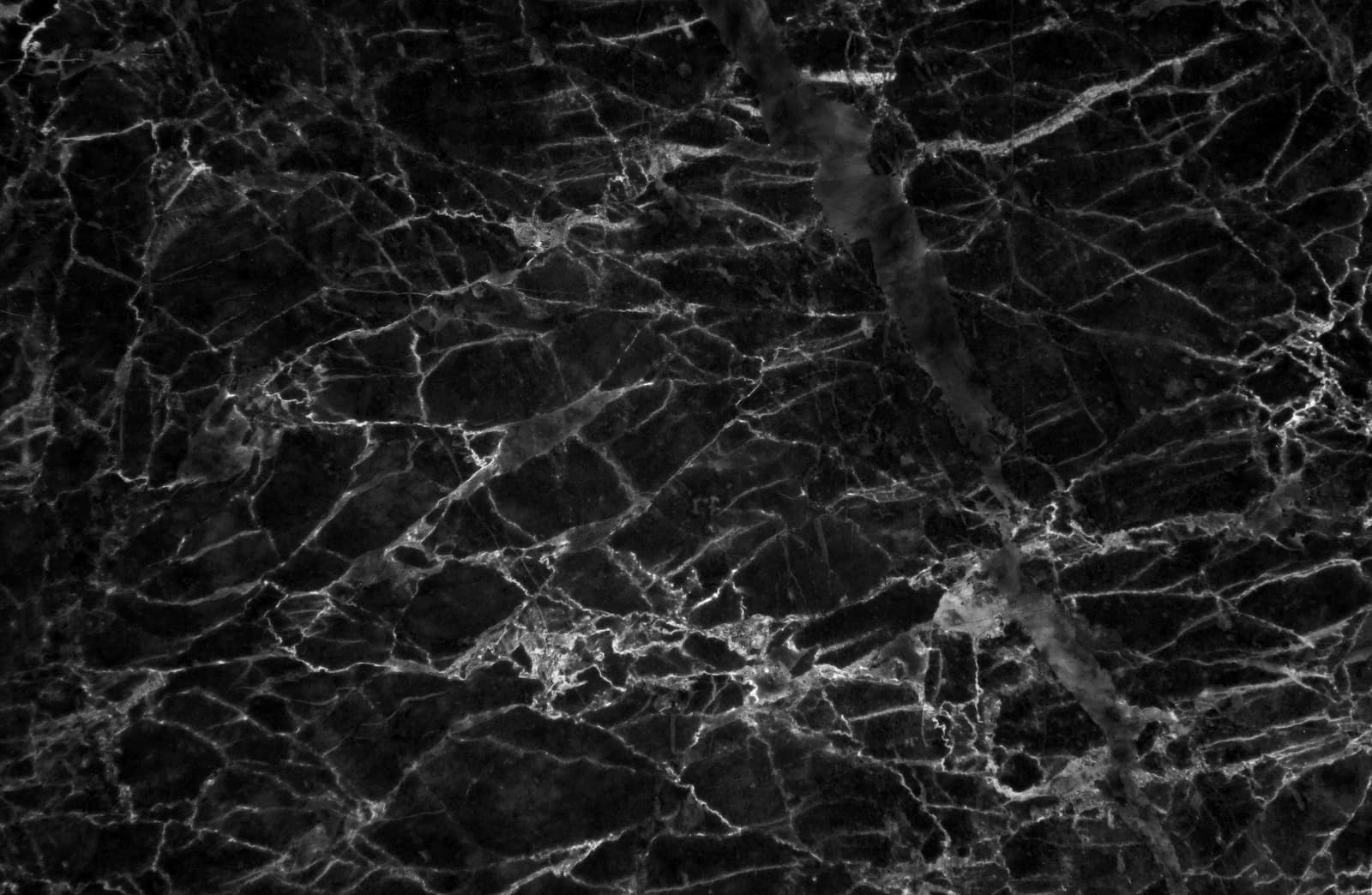All About Geothermal Energy | Renovation Quotes
By Editorial Team
Updated on November 7, 2023

Homeowners are often exploring ways in which they can use sustainable or alternative methods to heat and cool their homes. It should come as no surprise that heat from the earth can be used as an alternate energy source. This energy source is referred to as geothermal, and can be found right in your backyard. Modern homes are tapping into this affordable and sustainable source, utilizing it for their heating and cooling systems. But what exactly is it?
If you’re a homeowner who is curious about ways to reduce the dependency on fossil fuels, or you just want to know more about this resource, then look no further. We’re here to break down everything you need to know about geothermal energy, and whether it would be the right system to install in your home!
What are Geothermal Heating and Cooling Systems?
If you go deep enough down into the earth, approximately 6 to 10 metres, the earth's temperature is no longer influenced by the variation in surface temperature. As a result, the underlying principle of geothermal heating and cooling is to take advantage of the consistent temperatures below the earth's surface and works by removing heat from buildings in summer months and supplying heat during winter.
Geothermal heating systems extract heat energy and transfer it into your home. During the summertime, geothermal cooling functions similarly to standard air conditioning. However, instead of heat being dejected into the outside world, geothermal heating and cooling systems deposit this heat for future use.
As a result, this system is cost-effective, saving homeowners up to 60% on heating and cooling costs. Further, homeowners who adopt this system are using the heat extracted during summer months to warm the earth below, increasing the efficiency of this system during winter months.
A geothermal heating and cooling system has 3 main components: the heat-pump unit, the liquid heat exchange medium and the air delivery system, or ductwork, or radiant heating. The pipes that make up geothermal systems are generally made of polyethylene and are buried underground either horizontally or vertically depending on the system you choose as well as the area you’re working with.
Unlike ordinary home heating and cooling systems, geothermal systems do not burn fossil fuel to generate heat, and they require little maintenance. However, it is important that these systems are installed correctly to aid in their longevity.
Common Residential Geothermal Heating and Cooling

source: Wikimedia Commons
Vertical Closed Loop System
This system is designed with a sealed u-shaped pipe of high-density polyethylene that carries the fluid used for the heat transfer in a continuous loop. This process allows for the exchange of heat to occur by conduction. Depending on the season, the heated or cooled liquid returns to the surface and is used to condition the temperature of your home. The required depth for the installation of this system is approximately 300 feet, and the cost will be by-foot dependant.
Horizontal Closed Loop System
The horizontal closed-loop system functions in the same manner as the vertical system. The difference between these two is that the horizontal system employs pipes that run back and forth 6 to 10 feet underground. The installation process is quite strenuous, involving excavating trenches of up to 300 feet, rather than digging a well.
Though this system can be cheaper to install as compared with the vertical closed loop system, it requires a significant amount of space and unfortunately, damages the surrounding area. Further, these systems are less-efficient than vertical loop systems and are more easily affected by surface temperature.
Open Loop Systems
An open-loop system uses groundwater that is pumped from a very deep supply well. As water is pumped from the well, the heat exchange occurs and it moves into a second well. Open loop systems are not only highly thermally efficient, but installation is significantly less expensive than vertical-closed loop systems. However, open loop systems require specific conditions to function properly, one of these being an excessive source of groundwater. This is rarely found in urban environments, and therefore does not work for all homeowners.
Get 3 renovation quotes for your geothermal energy system renovation project
RenoQuotes.com can help you get quotes for your geothermal renovation. By submitting your project to us, we’ll put you in contact with top-rated contractors. Fill in the form on the homepage (it only takes a few minutes), and you will get estimates from trusted professionals.
Dial 1-844 828-1588 to speak with one of our customer service representatives.
Looking for something else?
Related articles
The latest industry news, interviews, technologies, and resources.

Editorial Team
•09 Sep 2024
Choosing an efficient heating solution shouldn’t be taken lightly. Prior research is super important to ensure you’re choosing an appliance that meets your home’s heating requirements while maintaining reasonable energy expenses. Are you looking for an effective heating solution, yet uncertain about the ideal choice? Check out our guide to gain insight into the various devices, features, and price ranges.

Cynthia Pigeon
•07 Nov 2023
Marble has been praised for years, and not solely for its sleek beauty and stylish appearance. This type of flooring is, bar none, favoured by most.

Editorial Team
•07 Nov 2023
If you’re paying attention to the Canadian news cycle, you may know about the 2021 Freeland Budget. This is the first budget from Canada’s Deputy Prime Minister and Federal Finance Minister Chrystia Freeland.

Léa Plourde-Archer
•07 Nov 2023
As the saying says, an ounce of prevention is worth a pound of cure. Investing in the installation, maintenance or replacement of a French drain (or foundation drain) will save you a lot of trouble. In the long run, water infiltrations due to weather, broken recreational equipment or sewers can turn into a real nightmare for your wallet and your health.

Editorial Team
•25 Jul 2025
To embrace a green lifestyle, a lot of homeowners are choosing to use so-called zero-VOC paint when it comes time to renovate the walls of their dwellings. However, what they don’t know is that, in fact, most presumed 100% “green” paint isn’t entirely as such. Therefore, you have to be careful when purchasing eco-friendly paint. In our article, you’ll find all the information you need to make an informed choice.